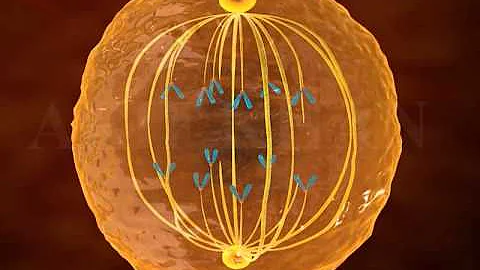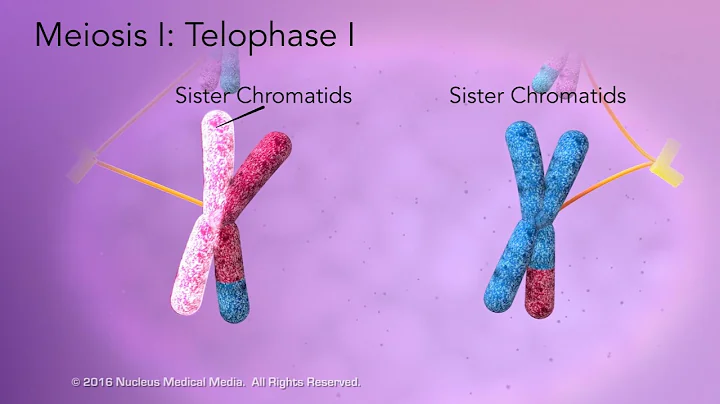Production and use of cell cycle synchronization demonstrator
"Cell cycle" refers to the entire process that a cell goes through from the completion of one division to the end of the next division. It is divided into two stages: interphase and division phase. Interphase includes G1 phase, S phase, and G2 phase. The number of cells in different stages is positively correlated with the duration of each stage.
"Cell synchronization" refers to using a certain method to make cells in different stages of the cell cycle stay in the same period in a cell group to obtain a cell group with consistent morphology, physiological status, etc., which is used to study cell growth and metabolism, especially Biochemical characteristics of cells in different stages of the cell cycle. Thymidine (TdR), as an inhibitor, reversibly inhibits DNA synthesis without affecting the operation of cells in other stages. It ultimately blocks the cell population at the S phase or the G1/S junction, achieving synchronization of cells in the S phase and . purpose (Figure 1).

"Cell synchronization" is a very basic and important experimental technology in biological research, which is highly valued. The knowledge related to it has a large span of chapters in biology textbooks, and is a test for students' core competencies in the biology discipline. Good material. Therefore, related tests on "cell synchronization" appear frequently in the college entrance examination, and are based on basic knowledge concepts, focusing on scientific thinking and scientific inquiry, emphasizing the ability to analyze and solve problems, requiring students to build models,
draw images, and difficulty larger.
1. Production materials and tools
1.1 Materials: acrylic board , magnetic drawing board, magnet particles, glue, long screw with a diameter of 1cm, matching nuts, iron wire.
1.2 Tools: CNC laser engraving machine
2. Production process:
uses a CNC laser engraving machine to cut the white acrylic plate into a circle with a diameter of 50 cm, and punches a hole in the middle with a hole diameter of 1cm; in order to save materials, use a CNC laser engraving machine to cut the magnetic drawing board into an inner diameter of 40 cm and an outer diameter of 450 cm. The ring is embedded in the middle of the white bottom plate to facilitate the analysis process. According to the proportion of the period occupied by the four sections, the circle is divided into four sector-shaped areas of different sizes, which are labeled G1, S, G2, and M periods respectively. Make three pointers with colored acrylic , punch holes at the center of the fixed circle, with a hole diameter of 1cm, and drill holes at 20, 21, and 21 cm from the center of the circle to hold magnet particles. Use transparent acrylic as the base; fix the circle and pointer with long screws and install them on the base; install a movable magnet on the base corresponding to the ring of the magnetic drawing board to eliminate traces of the magnetic drawing board. The overall effect of the model is shown in Figure 2.

3. The use of teaching aids in teaching
(1) Test cells were cultured with TdR, and all S-phase cells were labeled.
means that all S-phase cell areas in the small disk are marked, and the range sandwiched by two pointers is used to represent the area on the instrument, and the angle is fixed, as shown in Figure 3. (2) The operation of cells in other phases other than S phase is not affected. Turn the other pointer, and the drawn range represents the normal operating cell range, as shown in Figure 4. It was concluded that at least the G2+M+G1 phase of culture should be maintained. At this time, cells in the S phase are blocked in the original state of the S phase, and cells in the G2 phase, M phase, and G1 phase are blocked at the G1/S junction, as shown in Figure 5. (3) Elute TdR and culture the cells normally, that is, turn the three pointers in step ① counterclockwise. Only when the time is at least longer than the S phase can the range covered by the two pointers completely leave the S phase, which means that the cells originally blocked in the S phase have completely left the S phase, but at this time the cells are not fully synchronized, as shown in Figure 6.
(4) In order to fully synchronize the cells, TdR is added again. It is necessary to block before the range covered by the two pointers re-enters the S phase, as shown in Figure 7. Therefore, the second blocking time should be longer than the S phase and shorter than the G2+M+G1 phase.
(5) Eventually, all cells located at the G1/S junction and S phase pass through the S phase without causing cells at the end of the S phase to enter the next S phase. Finally, the cells are synchronized at the G1/S junction, as shown in Figure 8.

This teaching aid is novel and innovatively uses a magnetic drawing board to solve the problem of visual presentation of the double blocking process.This teaching aid is practical. It transforms cell cycle problems from two-dimensional expression to three-dimensional deduction, and vividly presents the cell cycle to students. It is deeply impressive and the difficult problems can be easily solved. This teaching aid is highly maneuverable and can be placed on the desk for teachers to explain double-blocking problems. It can also be used to deduce the problem-solving process. The self-made teaching aid model is used to promote students to build a knowledge system, which fully embodies student-centered teaching. idea.








![The Cell Cycle (and cancer) [Updated] - DayDayNews](https://i.ytimg.com/vi/QVCjdNxJreE/hq720.jpg?sqp=-oaymwEcCNAFEJQDSFXyq4qpAw4IARUAAIhCGAFwAcABBg==&rs=AOn4CLAFhGYxVeBlEpXmJb34LIH5dr0fqw)










![Everything NASA Discovered from James Webb's First Year in Space [4K] - DayDayNews](https://i.ytimg.com/vi/nbDQEo0uA0Q/hq720.jpg?sqp=-oaymwEcCNAFEJQDSFXyq4qpAw4IARUAAIhCGAFwAcABBg==&rs=AOn4CLC7v9bQ8c-XQ1ImUqRA1RG7kuK7RQ)

